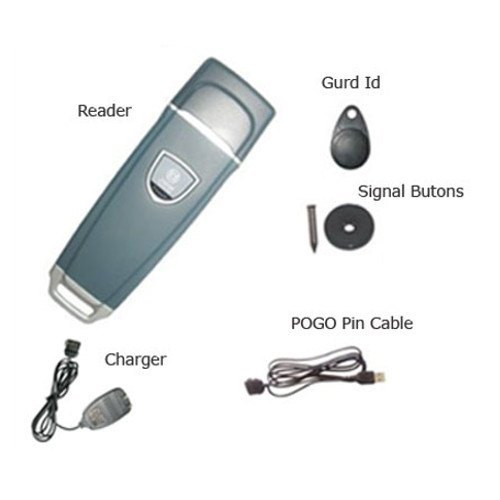

Security Tour Guard System

A security tour guard system enhances the efficiency of security personnel by providing a structured approach to monitoring and documenting patrols. It typically includes handheld devices, RFID tags, and a centralized software application for real-time tracking and reporting. Guards use mobile apps to log activities and incidents, ensuring accountability and communication. The system allows for automated patrol scheduling and verifies checkpoint visits with timestamps. Data analytics help identify trends and improve security strategies. Benefits include increased safety, streamlined operations, and faster incident response times. Overall, this system fosters a more effective security environment, ensuring that all areas are regularly monitored and protected.
Description
A security tour guard system is a technology-driven solution that assists security personnel in monitoring, managing, and documenting their patrols effectively. This system enhances security operations through real-time tracking, reporting, and communication, ensuring that all areas of a facility are regularly monitored for safety and compliance.
Specifications
Hardware Components:
Handheld Devices: Durable tablets or smartphones with GPS capabilities.RFID/Barcode Scanners: For scanning checkpoints.
Checkpoints: RFID tags or QR codes installed at strategic locations.
Software Components:
Central Management Software: A web-based or mobile application for administrators to monitor activities.Mobile Application: User-friendly app for security personnel to log their activities and report incidents.
Connectivity:
Wi-Fi or Cellular Network: Ensures real-time data transmission.Offline Mode: Capability to log activities offline with data synced later.
Data Storage:
Cloud-Based Storage: For secure data access and backup.Local Storage: Optional on-device storage for offline capabilities.
User Interface:
Intuitive Dashboard: For easy navigation and monitoring by administrators.Customizable Reports: Ability to generate detailed reports on patrols, incidents, and trends.
Features
Real-Time Tracking:
GPS tracking to monitor guard locations during patrols.Live updates on patrol status.
Automated Patrol Scheduling:
Create and manage patrol schedules with reminders.Assign specific routes and checkpoints to individual guards.
Incident Reporting:
Quick incident logging with photos, videos, and notes.Categorization of incidents (e.g., theft, vandalism, safety hazards).
Checkpoints and Verification:
Use of RFID tags or QR codes to verify visits to specific checkpoints.Automatic timestamp logging for each checkpoint visit.
Communication Tools:
Integrated messaging or push notification system for real-time communication among team members.Emergency alert system for rapid response to critical situations.
Data Analytics:
Analysis of patrol data to identify patterns and areas for improvement.Dashboard metrics such as average response time, incident frequency, and patrol coverage.
User Roles and Permissions:
Customizable access levels for administrators, security staff, and management.Ability to monitor user activity and changes made in the system.
Customizable Alerts:
Notifications for missed checkpoints or delayed patrols.Alerts for specific incidents based on predefined criteria.
Training and Support:
Access to user manuals and training resources.Technical support and maintenance options.
Benefits
Enhanced Security: Deters crime and improves overall safety with regular monitoring.
Increased Accountability: Detailed logs and reports hold personnel accountable for their duties.
Efficiency: Streamlines operations and reduces the time spent on manual reporting and documentation.
Better Communication: Ensures that guards can communicate effectively, leading to faster responses to
incidents.


